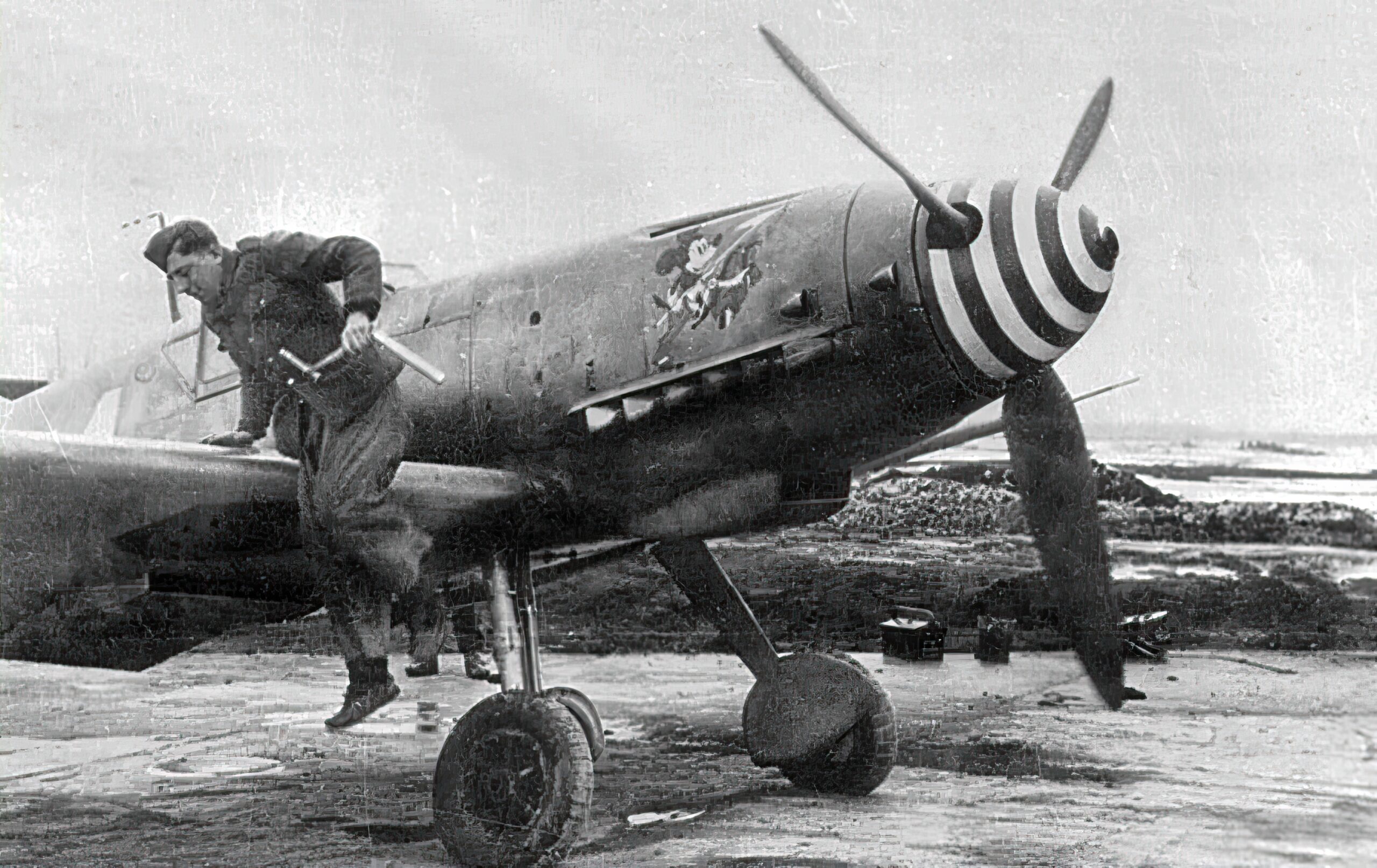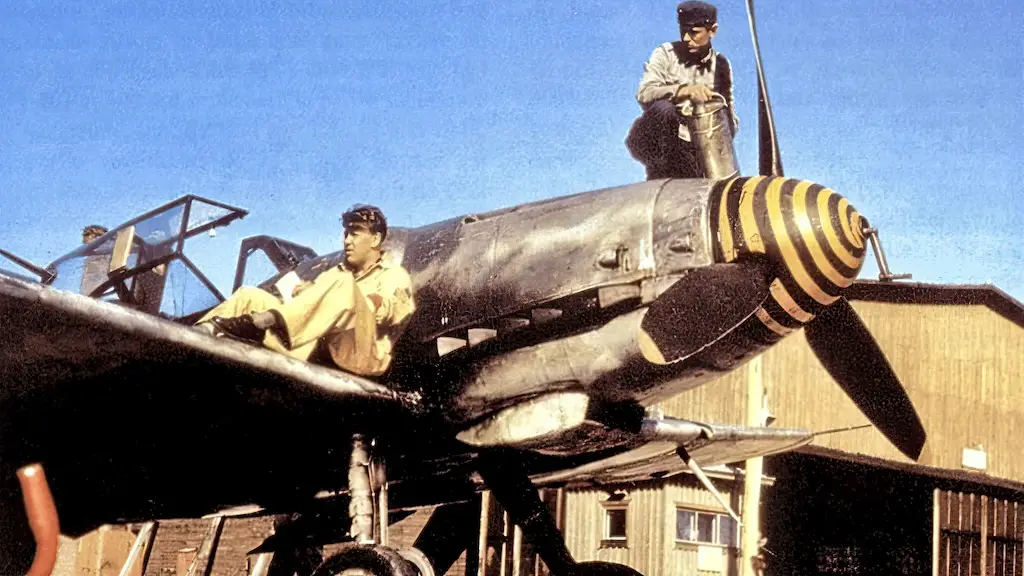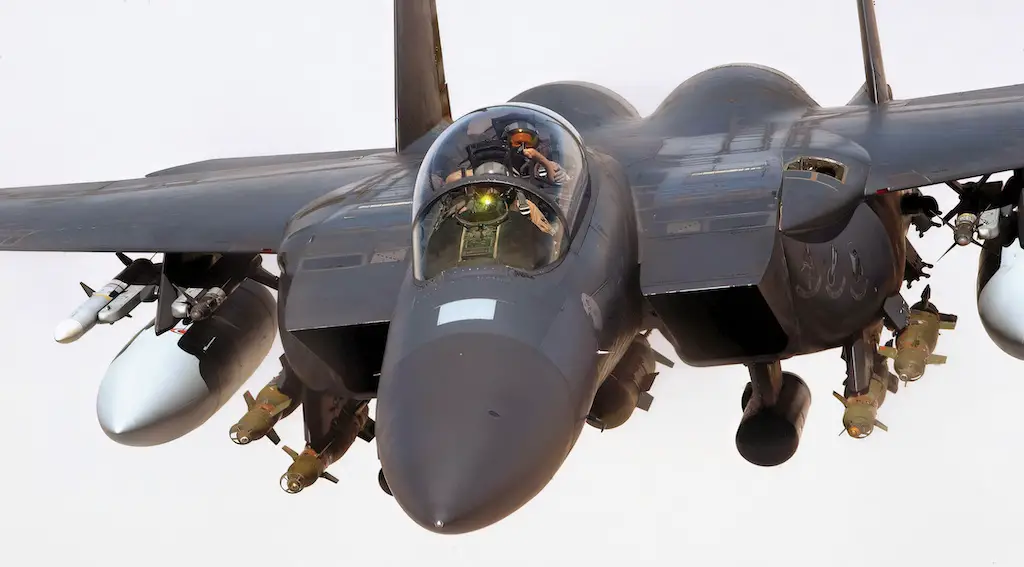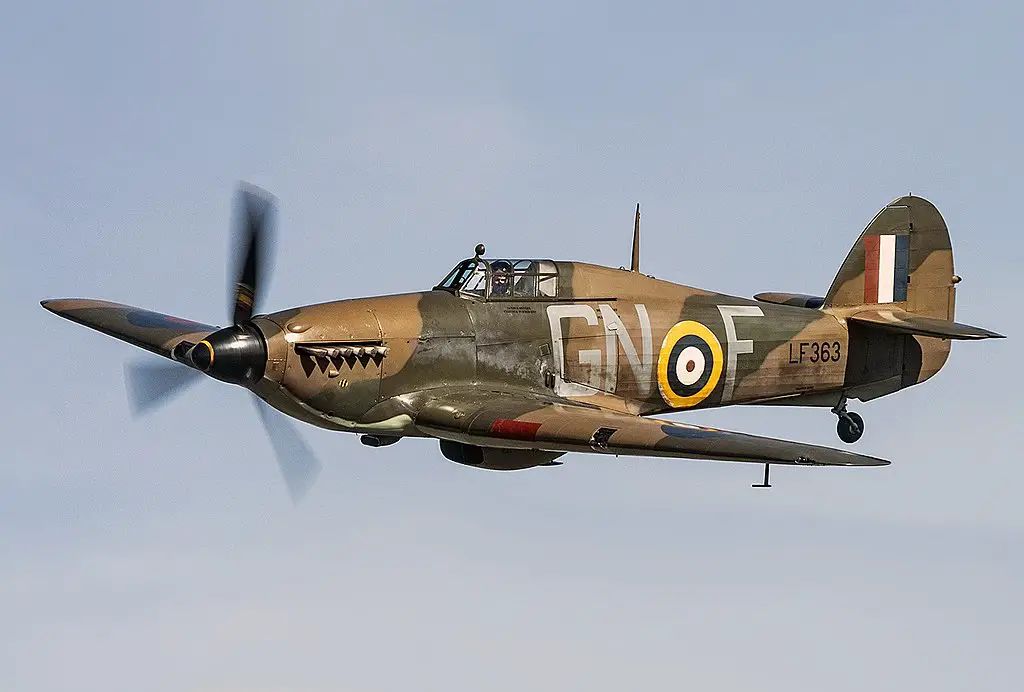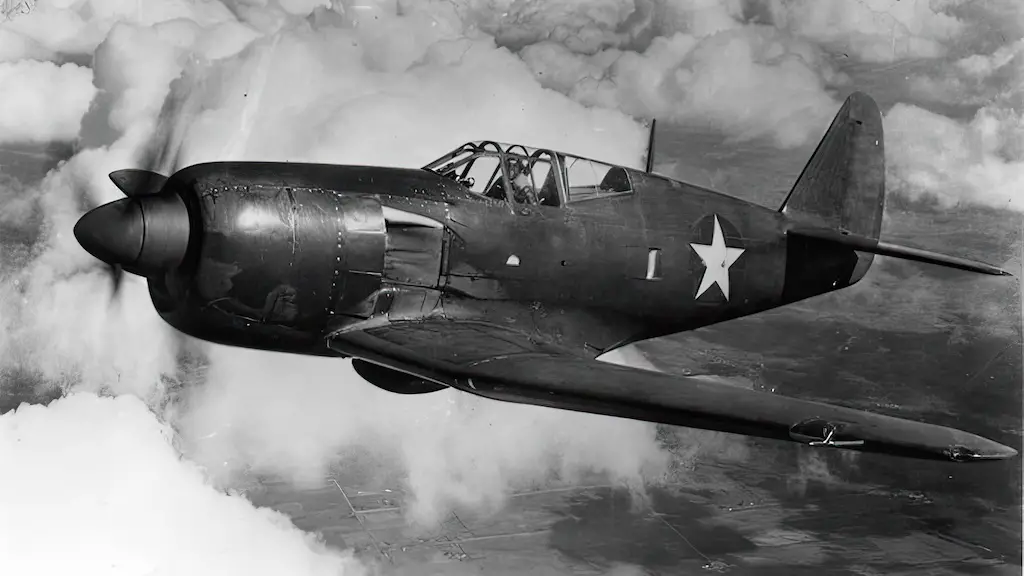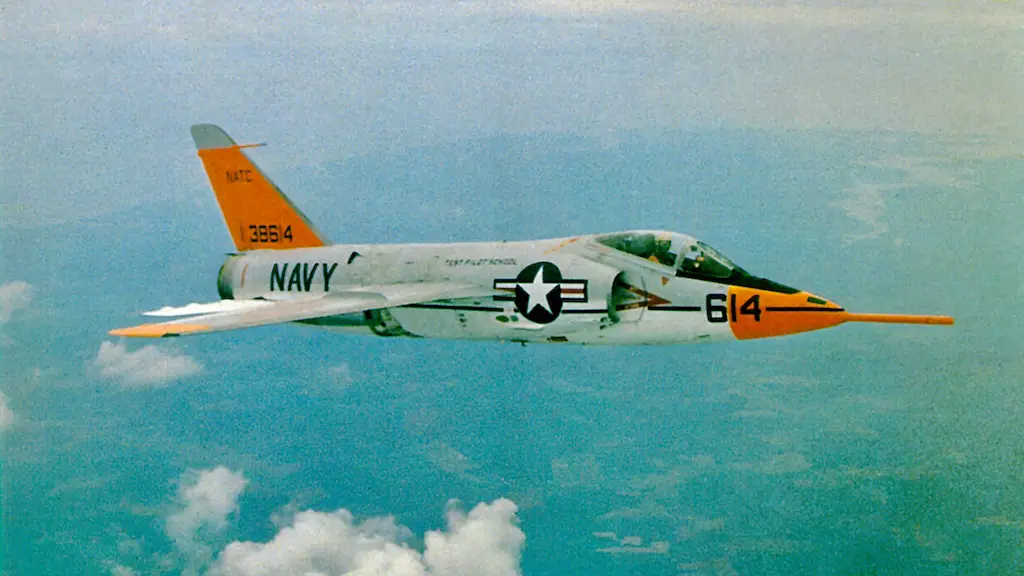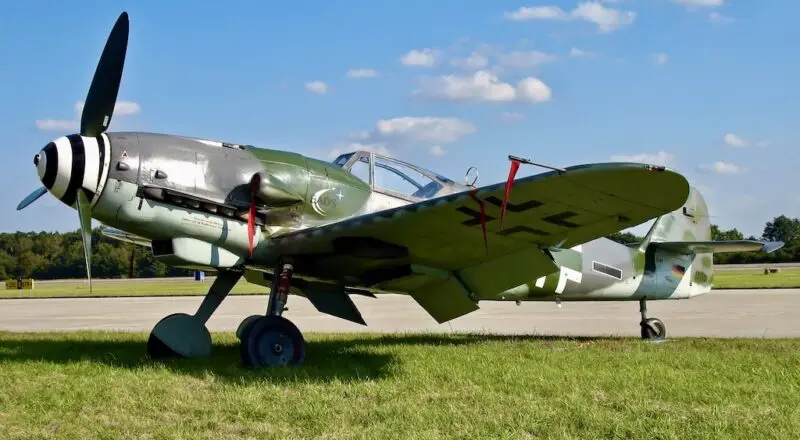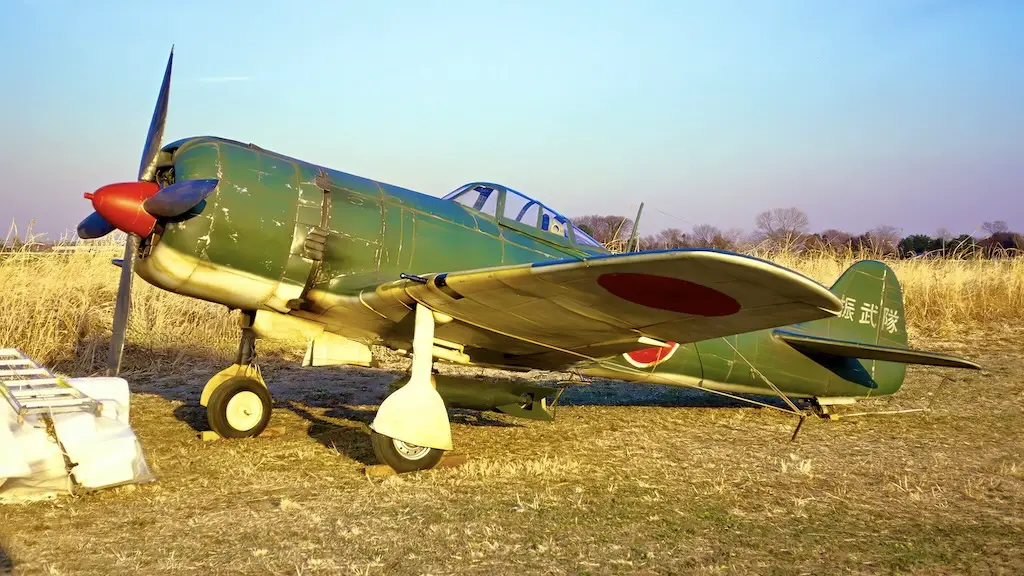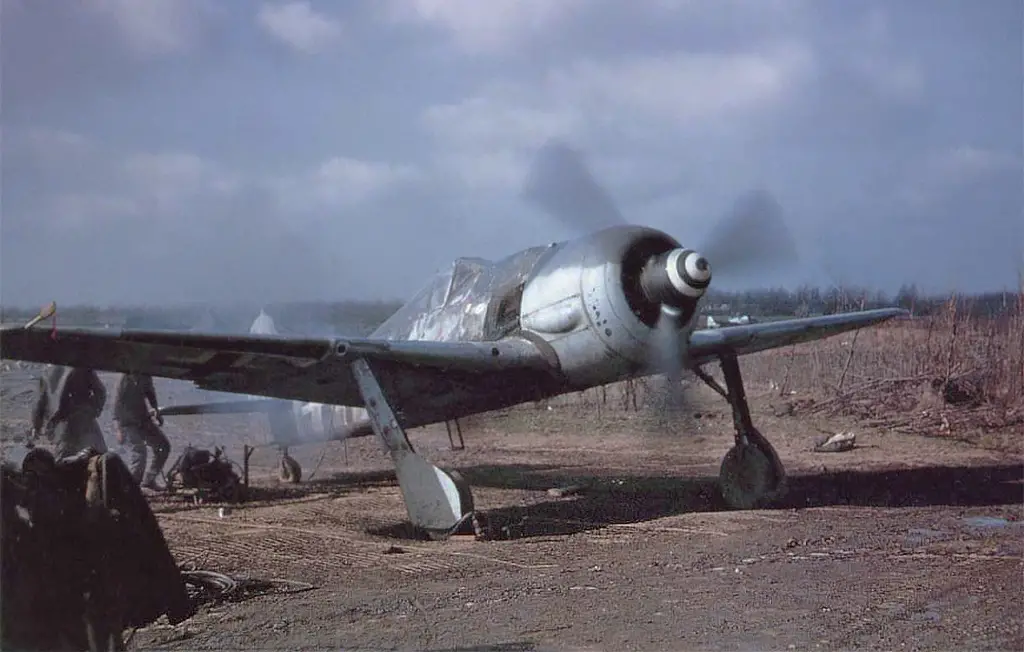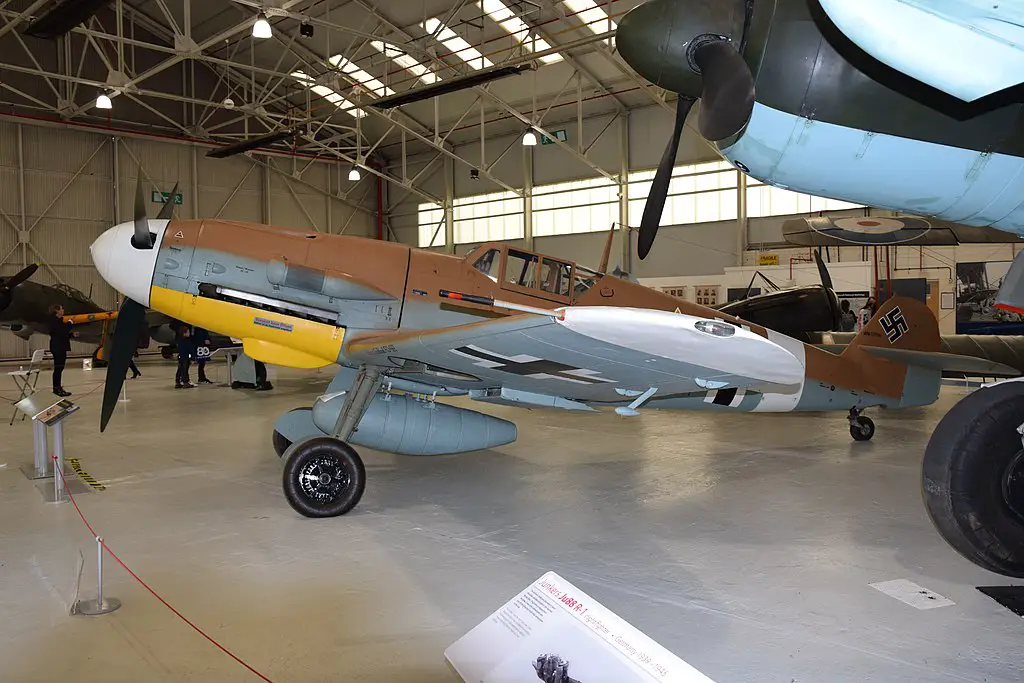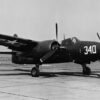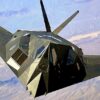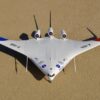World War II brought many innovations in military technology, including some less obvious but crucial features. Among these were the distinctive spiral patterns on the nose cones of German aircraft. These spirals, often assumed to be mere decorations, actually played a vital role in the safety and efficiency of Luftwaffe operations.
Ensuring Ground Crew Safety
The primary function of these spirals was to safeguard the ground crew. During WWII, airfields were busy with activity, filled with aircraft preparing for missions. Ground crews were responsible for fueling, arming, and supporting pilots in pre-flight checks. These tasks had to be performed quickly and efficiently, often in noisy and chaotic environments.
The dangers were real. The spinning propellers of piston-engine aircraft posed a significant risk. In the clamor of the airfield, it was easy for crew members to miss the movement of these blades. The spirals on the nose cones served as a visual cue, alerting ground staff to active propellers and preventing tragic accidents.
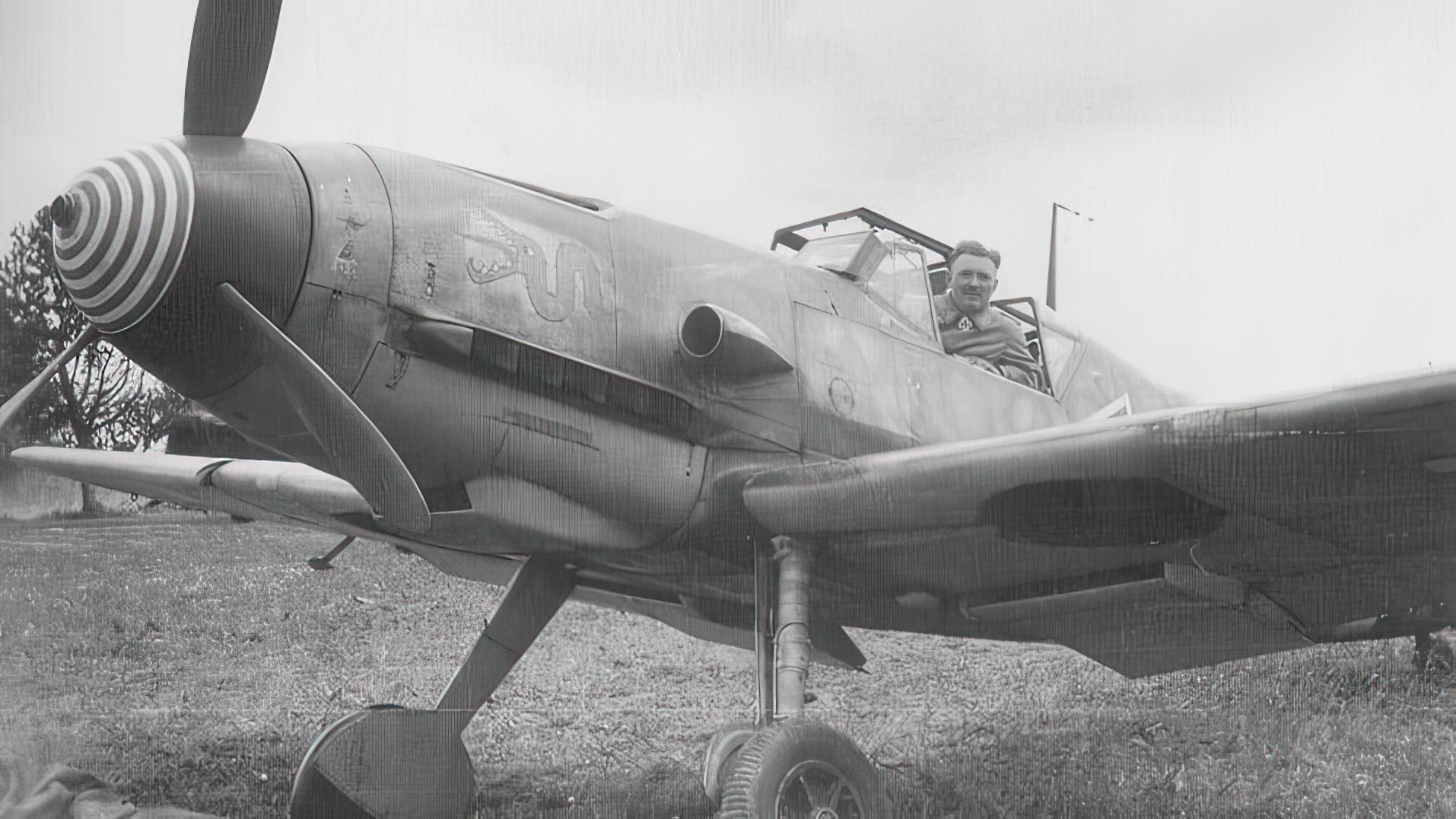
Streamlining Startup Procedures
Beyond safety, the spirals also helped streamline aircraft startup procedures. Some engines required manual spinning of the blades before fuel addition and ignition. The distinct markings allowed maintenance crews to visually communicate with pilots, coordinating the startup process without verbal communication.
There was also a belief, albeit less substantiated, that these spirals could deter bird strikes. While historical data from the war era doesn’t fully support this, the concept has influenced modern aviation practices. Today, some commercial airlines use similar markings to prevent bird strikes, with studies showing positive results.
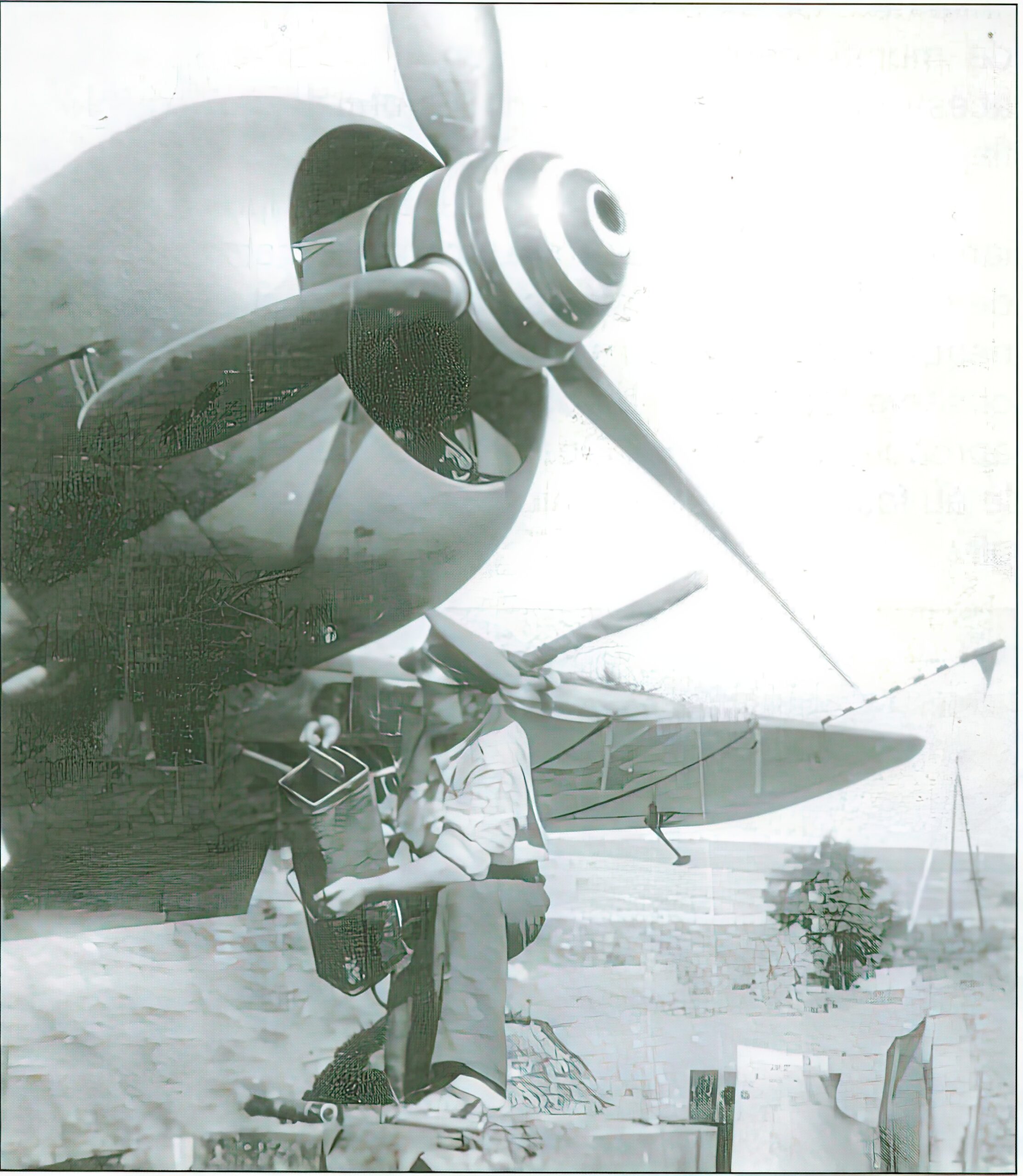
Design and Adoption
The most common German aircraft with these spirals were the Messerschmitt Bf 109 and the Focke-Wulf Fw 190. The patterns usually featured black and white colors, although variations existed. This design choice was unique to the Germans; Allied forces did not widely adopt it, even with access to captured German aircraft.
This aspect of German aircraft design underscores the importance of practical considerations in military technology. The spirals, often overlooked or misunderstood, were essential to the daily operations of the Luftwaffe. They represent a thoughtful approach to design, where even the smallest detail could have a significant impact on the war effort.
Legacy in Modern Aviation
The legacy of these spirals extends into contemporary aviation practices. They illustrate how a simple visual aid can enhance safety and efficiency. Today’s aircraft might not feature these exact spirals, but the principles behind their use continue to influence aviation safety measures worldwide.
